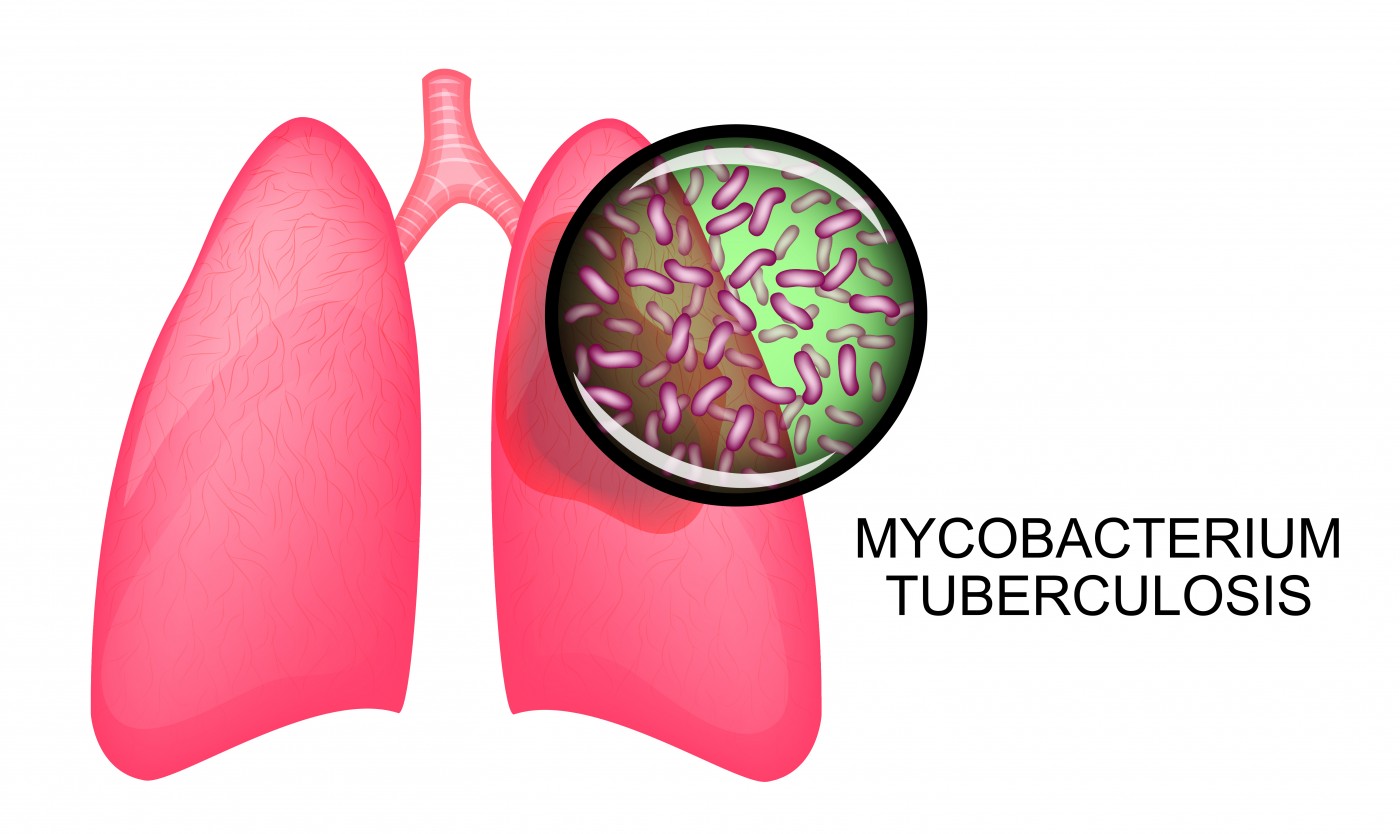Similarities Between Sarcoidosis and Tuberculosis Make Diagnosis Difficult, Study Says

Diagnosing sarcoidosis in patients living in areas where cases of tuberculosis are frequent can pose a great challenge to doctors because both conditions have certain aspects in common, according to a review study. Improved diagnostic tests are necessary to help distinguish between these diseases.
The review, “Common Features Of Tuberculosis And Sarcoidosis,” was published in the International Journal of Mycobacteriology.
Tuberculosis is caused by infection from the bacteria Mycobacterium tuberculosis and is considered one of the most serious infectious diseases in the world. This disease can manifest in two forms:
- Latent tuberculosis: a noncontagious, inactive form, in which the bacteria lives in the body in a “sleeping” state, causing no symptoms. It can turn into the active form of tuberculosis, so treatment is important to control its development.
- Active tuberculosis: the active form, in which M. tuberculosis multiplies, triggering disease symptoms, and the disease becomes contagious.
Symptoms of tuberculosis include frequent coughing (sometimes with blood), chest pain, fatigue, weight loss, loss of appetite, and night sweats.
Sarcoidosis is a multi-organ disorder of unknown cause that is characterized by the appearance of groups of immune system cells that form in a variety of organs, impairing their activity. The clinical symptoms of sarcoidosis are usually nonspecific and generalized, and include fever, fatigue, anorexia, weight loss, and malaise – many of which are common with tuberculosis.
Both diseases are also similar at the tissue level, as both form granulomas (accumulation of cells from the immune system) that may sometimes be difficult to distinguish. Previous studies have also suggested that both diseases may actually be related.
“M. tuberculosis has been extensively studied as a possible cause of sarcoidosis,” researchers wrote. “Results suggest that granulomas form in the lungs as a result of the immune response to inhaled M. tuberculosis and serve as the central site of host-pathogen interaction during M. tuberculosis infection.”
Indeed, M. tuberculosis DNA has been detected in sarcoidosis samples, but more studies are warranted to analyze this possible association between conditions with more sensitive and faster diagnostic tests.
“Diagnosis of sarcoidosis in areas with a high burden of [tuberculosis] poses a significant challenge,” the researchers concluded. “Improved diagnostic tests, including genetic tests, can improve our knowledge and help in distinguishing these two diseases.”






